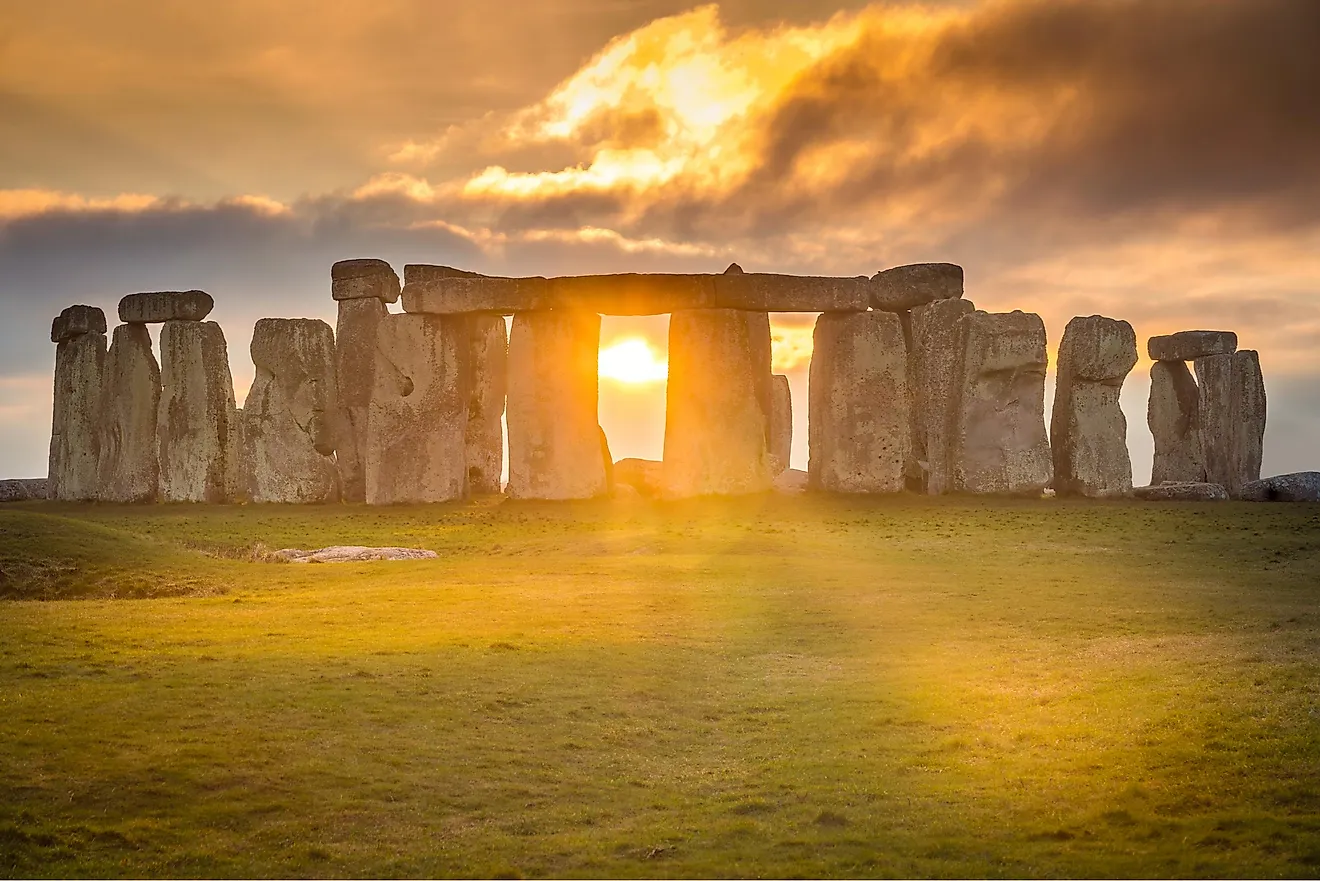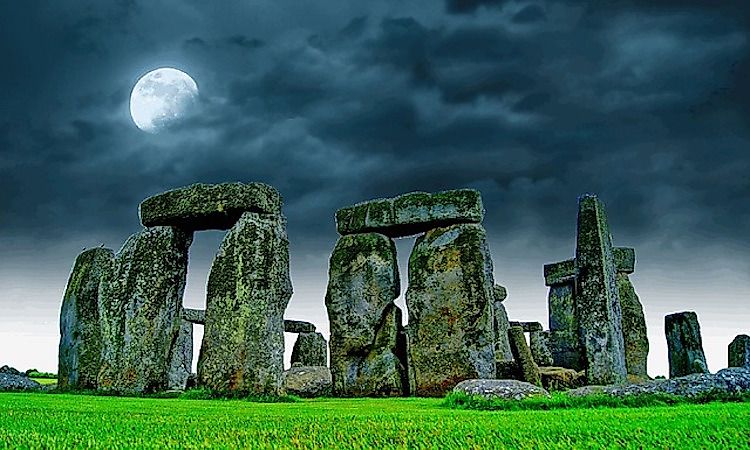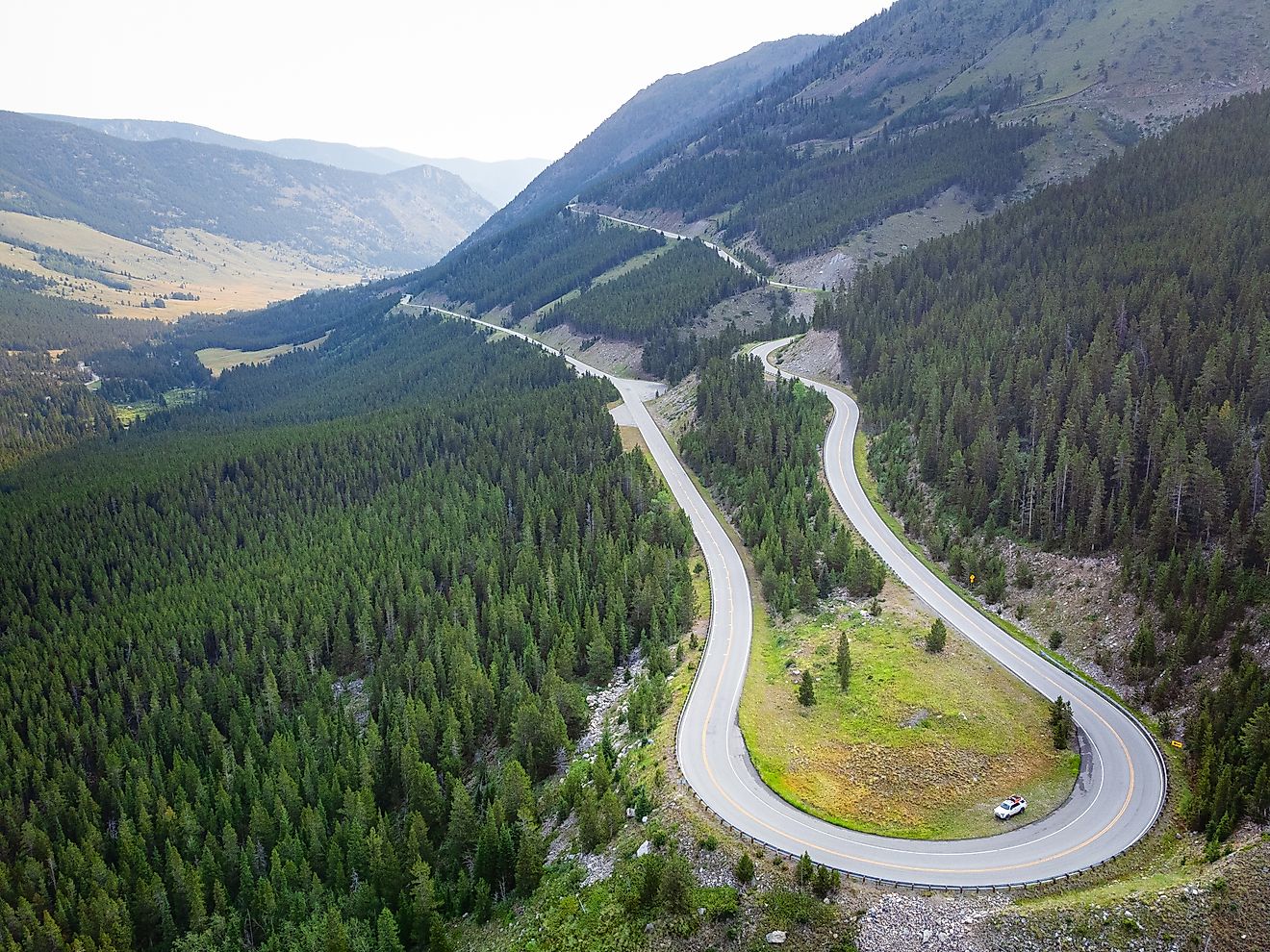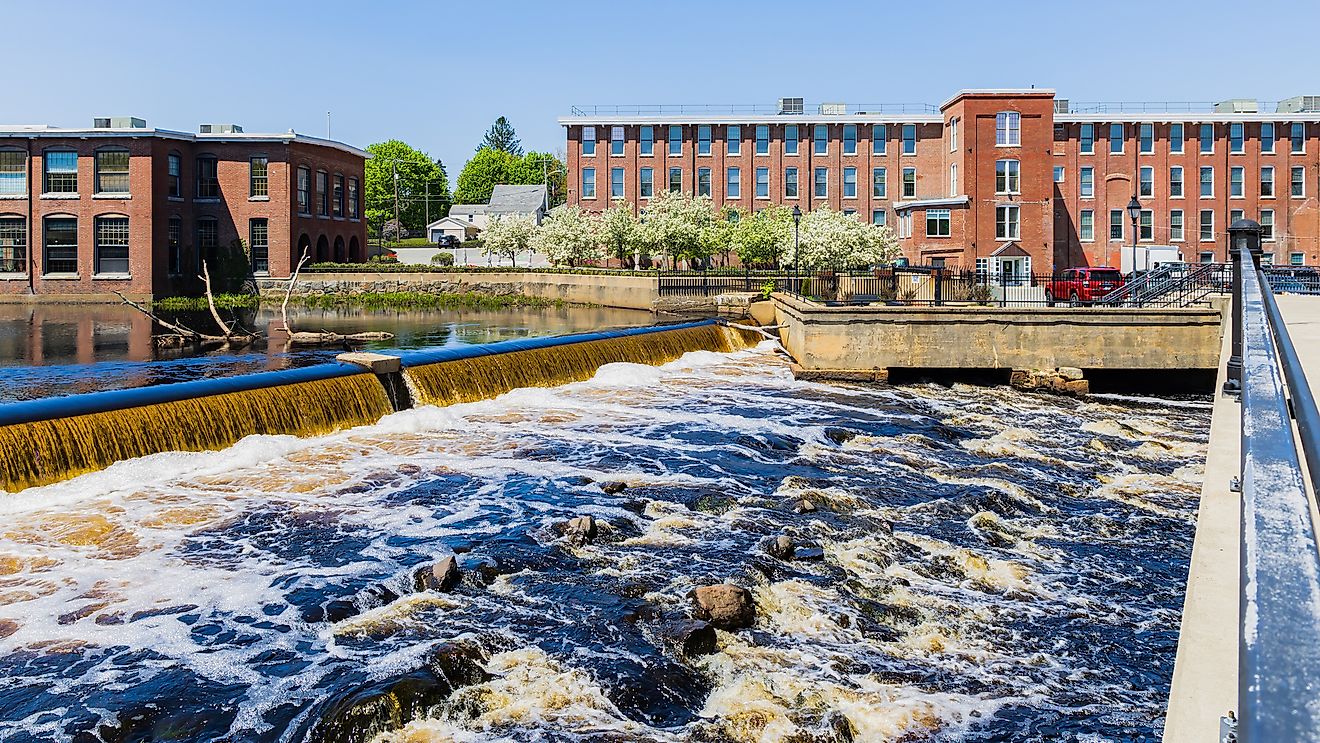History And Mystery Behind The Origin Of Stonehenge

What Is Stonehenge?
Stonehenge is one of the most recognizable monuments in the UK. It is a ring of standing stones set into the ground and surrounded by a circular mound of earth. Located in Wiltshire, England, these ruins were built sometime between 3000 and 2000 BC. The stones were transported from over 200 miles away in present-day Wales. Nobody knows for certain why Stonehenge was built nor how the stones were transported from so far away. This article takes a look at some of the theories about the history and mystery of the origin of Stonehenge.
How Were the Stones Transported?
The stones that make up the Stonehenge monument are commonly referred to as bluestones. It is believed that these stones were erected around 2300 BC, although archaeological evidence suggests that this site has been in use for much longer. Research has determined that most of these stones originated in the Preseli Hills in Wales, 150 miles away. Other stones have come from the North Pembrokeshire coastal area. Also, each stone is massive, weighing between 2 and 4 tons.
The mystery surrounding the bluestones is: how could a prehistoric culture transport such large stones over such long distances? Several theories have been presented in order to explain this anomaly. According to one theory, the stones were transported to the Stonehenge site via slow-moving glaciers during the Pleistocene era. The glaciers left these stones closer to the present-day Stonehenge site. Other researchers believe the stones were used previously in a different, nearby site before being reused at Stonehenge because evidence indicates the stones were cut 500 years prior to being set.
The First Theories About the Original Purpose of Stonehenge

Many of the earliest theories about the purpose and origin of Stonehenge are based on local folklore. These stories credit the devil and Merlin with placing the stones here. By the mid-17th century, another theory emerged that Stonehenge was built as a Roman Temple in honor of the sky god Caelus. Until the end of the 19th century, common theories associated Stonehenge with the Saxons and the Danes cultures.
Connection Between Stonehenge And The Druids
One of the most popular theories is that the Druids were responsible for erecting the stones at Stonehenge. In fact, this theory was commonly accepted throughout the 17th and 18th centuries. However, at the beginning of the 19th century, a researcher discovered bronze tools at the site, determining it had existed since at least the Bronze age. Radiocarbon dating later confirmed this find, indicating that the site had been built 3100 BC and 1600 BC. This evidence disproved the theory that the Druids were responsible for its construction as this culture did not exist until around 300 BC.
Uses Of Stonehenge
In line with the Druid theory, many people continued to believe that the Druids had used Stonehenge for sacrificial rituals. However, experts in the field have debunked this theory, claiming that Druids performed rituals in wooded and mountainous areas. Other theories suggest that Stonehenge was an important pilgrimage site, used for healing the sick. Many of the burial sites surrounding the area have been excavated, showing evidence of significant instances of trauma and deformities. People following this theory believe that the ancient cultures attributed magical healing properties to the stones.
Still, other theories suggest that Stonehenge was a stone replica of timber structures of the time. These researchers believe that timber was associated with living humans, while stone was associated with the dead. They believe that Stonehenge was the destination point of a long, symbolic funerary procession, beginning at civilizations in the east and moving along the river and over land to the west. Other researchers believe Stonehenge was built along astronomical alignments.
Only one thing is certain. The mystery surrounding Stonehenge makes it a popular tourist site today.











